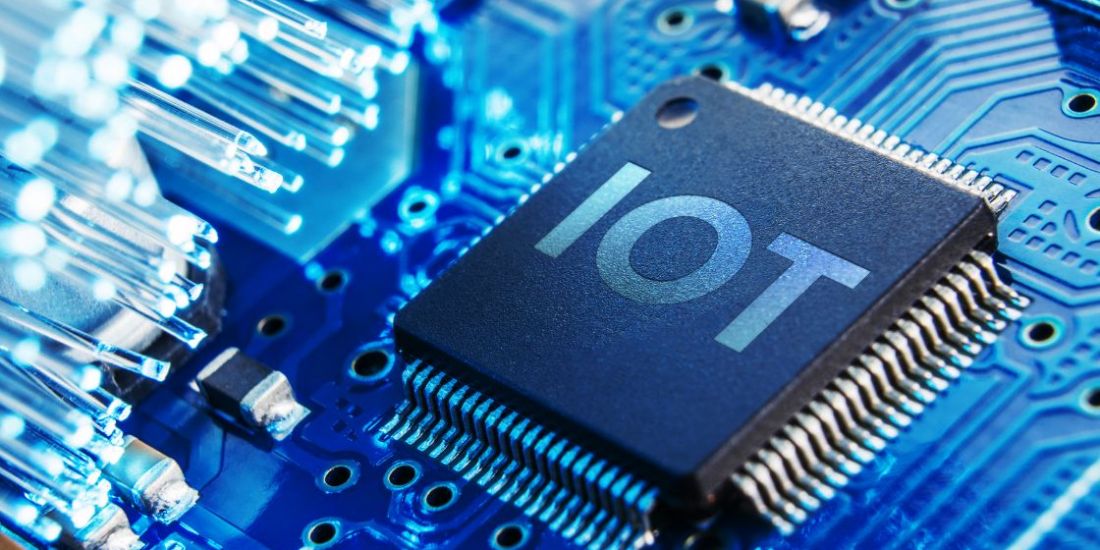
SCADA and IoT – The perfect match
 Manufacturing, Transportation, Energy and the Recycling industries are all using industrial automation control systems, such as Supervisory Control and Data Acquisition (SCADA), that allow organizations an easier and quicker way to monitor, track and process data, all in real-time. These systems also empower smarter decisions, based on specific data, which will streamline and improve the processes. A report conducted by MarketsandMarkets shows that the SCADA market will reach $11.16 billion by 2020, with a 7.24% CAGR from 2014 to 2022. This market is moving relatively slow, but in the right direction.
Manufacturing, Transportation, Energy and the Recycling industries are all using industrial automation control systems, such as Supervisory Control and Data Acquisition (SCADA), that allow organizations an easier and quicker way to monitor, track and process data, all in real-time. These systems also empower smarter decisions, based on specific data, which will streamline and improve the processes. A report conducted by MarketsandMarkets shows that the SCADA market will reach $11.16 billion by 2020, with a 7.24% CAGR from 2014 to 2022. This market is moving relatively slow, but in the right direction.
The SCADA system performs some major functions that allows a company to successfully automate complex industrial processes such as human-machine interface (HMI), electrical communication, data acquisition, monitoring, control, data collection, calculation, and report generation. For many industries, all these functions are vital in order to have a stronger control over processes.
Along the way, SCADA systems have redesigned themselves to keep up with all the emerging technologies that surround everything. The next big question is how will companies, that used traditional SCADA systems, move to the modern ones, which also include IoT deployments. Well, like any other transformation, a carefully planned strategy is required. Here are some of the factors you need to have in mind when migrating to a modern SCADA/IoT system.
Device type – First thing to do is to decide which of the IoT devices will remain in-house and which ones will be moved to the cloud. As most of them are storing valuable information and data, security is essential wherever the devices will be located.
IoT Standards – There are certain IoT standards that you must take into consideration when moving to modern SCADA systems. Some of them are OMG Industrial IoT standards, which is working with the Data Distribution Service, the Threat and Risk Model standard and the IEEE IoT-related standards, which identifies the common areas between IoT domains.
Network Segmentation – This is a crucial step in ensuring business continuity. We all know that network segmentation can save a business. If something goes wrong, it is better to have only one segment down rather than the entire network.
Predictive analysis – This technology plays a major part in bringing out the best functionality in SCADA systems. Choosing predictive analysis solutions will give you a glimpse into the future and insight into your system’s weaknesses and solve problems before they become one.
Define your cloud strategy – Before deciding which type of cloud you choose, private or public, you need to consider which one is the best for your business needs. Do you need enhanced security? Then the private cloud might be best. Do you need speed and scalability? Then you should consider a public cloud. If your business requires more than just speed or security, then you should consider hybrid cloud which comprises a mix of both cloud options.
Bottom line, if we take a closer look at what SCADA is and how it works, we can see some crumbs of IoT – supervisory control and data acquisition. We can safely say that SCADA represents some of the pillars on which the Internet of Things has been built.
Looking forward to hearing your thoughts on SCADA and IoT!






John
IoT and Artificial Intelligence would also be great. What’s your opinion?